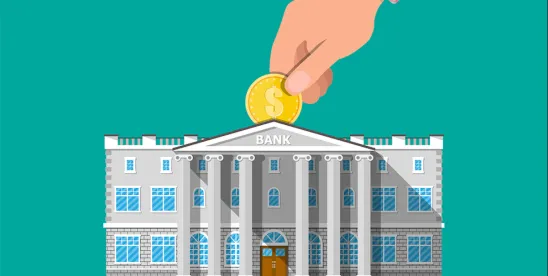For the first time since the DOL adopted its Voluntary Fiduciary Correction Program (VFC Program) in 2002, retirement plan sponsors will be able to utilize self–correction as an efficient means to correct their most frequent compliance failures – late transmittals of participant retirement plan contributions and retirement plan loan repayments.
The DOL finalized an update to its VFC Program adding the Self-Correction Component (SCC) for these fiduciary failures and, additionally, finalized an amendment to an existing prohibited transaction exemption (PTE) that provides excise tax relief for transactions that have been self-corrected.
The SCC feature and excise tax relief become effective on March 17, 2025.
The VFC Program –Section 409 of the Employee Retirement Income Security Act of 1974, as amended (ERISA), provides that retirement plan fiduciaries who breach the responsibilities, obligations or duties imposed on them may be personally liable for any plan losses resulting from such breach, and may be required to restore any profits to the plan that may have been made through the use of the plan’s assets.
The VFC Program aims to encourage plan sponsors to voluntarily correct breaches of certain fiduciary obligations under ERISA in return for relief from civil enforcement actions and, in some cases, penalties for breaches. To participate, plan sponsors must fully correct errors in accordance with procedures specified in the VFC Program and file an application with the DOL. The application submission requires a description of the breach and the corrective action taken, documentary proof of the corrective action and other specified information.
The VFC Program application process can be quite onerous and, in some cases, is akin to a DOL audit. As a result, some plan sponsors have been reluctant to use it and, instead, have corrected fiduciary breaches on their own.
Self-Correction Component –The new SCC option permits plan sponsors to correct eligible transactions without filing a VFC Program application. Moreover, when a plan sponsor utilizes the SCC, the updated VFC Program waives the existing requirement that plan sponsors notify plan participants and other interested persons of prohibited transactions, as well as the steps taken to correct them.
The SCC option, however, does require the self-corrector to electronically submit a SCC Notice using the new online DOL VFC Program web tool that includes the following information:
- Self-corrector’s name and address;
- Plan name;
- Plan sponsor’s Employment Identification Number;
- Principal amount;
- Amount of lost earnings and the date paid to the plan;
- Loss date; and
- Number of participants affected by the correction.
After filing this notice, the plan sponsor will receive an email acknowledgment from DOL, but will not receive the “no action” letter that typically is received upon DOL’s approval of VFC Program application. The plan administrator is required to retain a “penalties of perjury” certification, and other documentation related to the correction. The “penalty of perjury” certificate must state that the plan is not under investigation and acknowledge receipt and review of the SCC notice. A plan fiduciary is required to sign and date the “penalties of perjury” certificate.
In order to be eligible for self-correction:
- The lost earnings resulting from the delinquent contributions cannot exceed US$1,000;
- Delinquent payments, including lost earnings, must be remitted to the plan within 180 days of the date payments are withheld from participants’ paychecks or received by the employer;
- Neither the plan nor the self-corrector may be under investigation; and
- Penalties, late fees and other charges related to the delinquent contributions must be paid.
Excise tax relief –In conjunction with the VFC Program update, the DOL amended PTE 2002-51 to expand excise tax relief to prohibited transactions eligible for self-correction under the updated VFC Program. The amendment provides relief from the 15 percent excise tax that DOL otherwise imposed when participant contributions and loan repayments are not timely remitted to a 401(k) plan. Relief is available if the plan receives an acknowledgment of self-correction from DOL and complies with other requirements of the VFC Program. Instead of paying the excise tax, the plan sponsor must contribute the amount equal to the excise tax to the self-corrected plan.
Excise tax relief will be available regardless of whether the plan has utilized the VFC Program or PTE 2002-51 in the past. Prior to this amendment, PTE 2002-51 generally was not available to plans that had utilized the VFC Program or the PTE for a similar type of transaction within the previous three years.
Additional Items to Note
The VFC Program update clarifies the existing transactions eligible for correction, expands the scope of certain transactions currently eligible for correction and simplifies certain administrative and procedural requirements for VFC Program participation and corrections. Notably, correction through the VFC Program does not relieve plans from reporting late participant contributions on Form 5500 or 5500-SF. Neither the update to the VFC Program nor the PTE amendment changes this reporting requirement.





 />i
/>i


